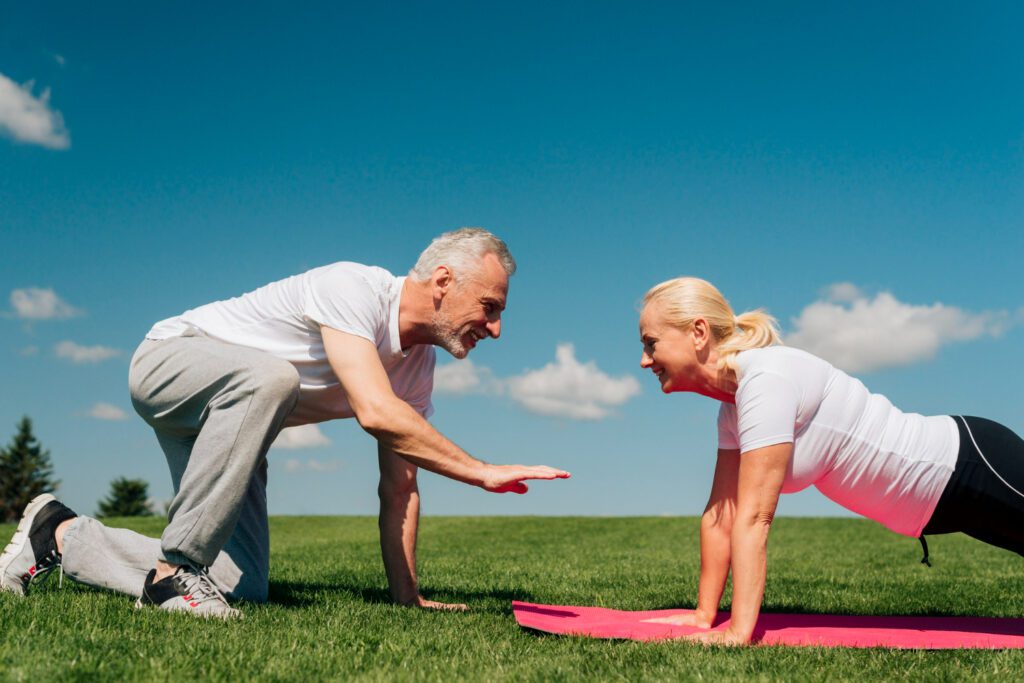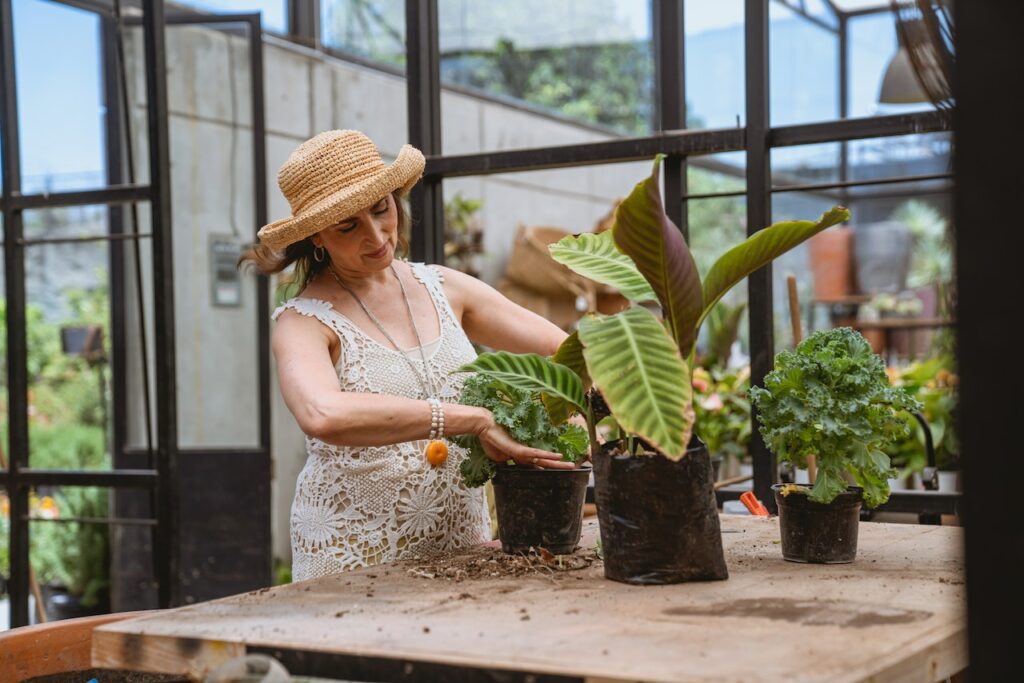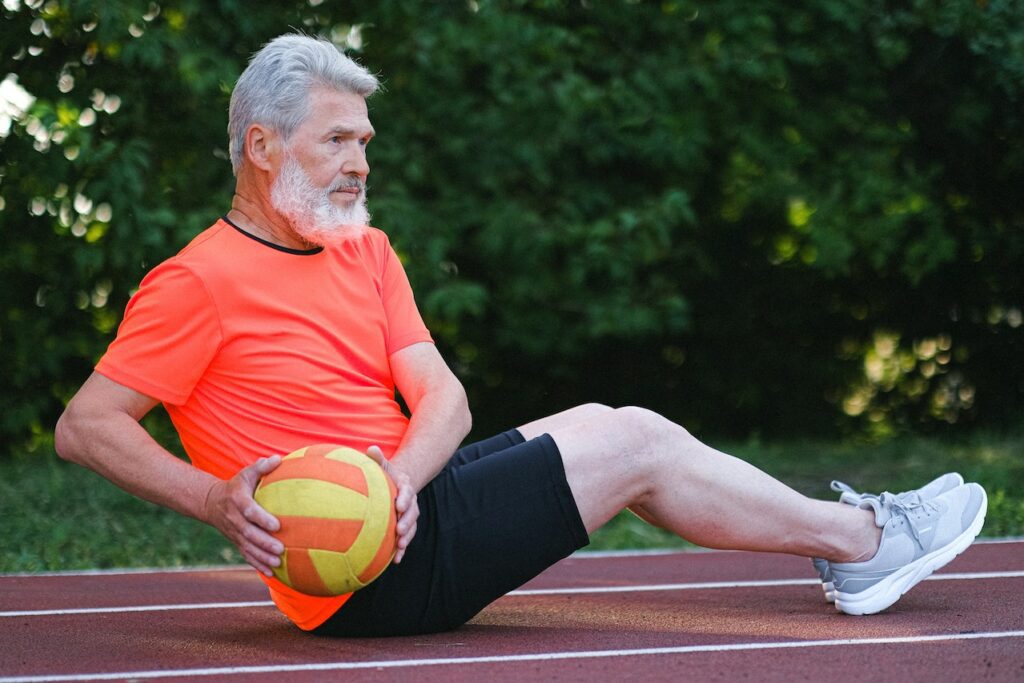Retirement is a wonderful time of independence, pleasure, and self-discovery. It’s a time to concentrate on physical, mental, and emotional wellness. Sports and physical activity may be fun and fulfilling. This article will explore sports and highlight seven fun things retirees may do to keep active and reap the many advantages of being active in retirement.
Sports may establish strong social bonds as well as mental and physical health. Sports bring people together who enjoy the game. Joining local sports organizations, leagues, or groups allows you to make new friends, socialize, and find support too!
These seven sports will inspire and drive retirees to keep active, meet new people, and experience a satisfying retirement. Embrace retirement’s chances, lace on your shoes, grab your racket, or dust off your clubs, and start your active and enjoyable retirement!

Golf: Active and Engaged
Golf is a timeless activity that appeals to seniors who want to be healthy and have fun. Golf is a great activity for retirees because of its peaceful greens, beautiful fairways, and mix of ability and strategy.
Golf is more than a game for retirees. It becomes a hobby, a method to stay fit, and a passion. Golf has several health advantages. Walking the course, swinging the club, and meticulously setting up shots engages muscles throughout the body, improving cardiovascular health, muscular tone, and flexibility. Golf is mild on aging joints yet hard enough to enhance fitness.
Golf provides mental and physical benefits. Each shot requires attention and focus, improving mental sharpness. Golf requires strategy, problem-solving, and adaptability. Golf challenges retirees’ thoughts and boosts cognitive vigour.
Besides, many retirees find playing golf helps them form lasting connections. Joining local golf clubs or leagues lets retirees make new friends and reinforce old ones while playing golf. The game’s slow pace encourages discussion, laughing, and sharing. Retirees may share tales and make memories during golf trips. Golf camaraderie typically continues beyond the game, giving retirees a feeling of community.
Starting golf in retirement is fun and fulfilling. Find local groups or leagues that support and include retirees. Beginner classes or clinics at many golf courses provide a seamless start. These materials may help retirees learn properly, gain confidence, and enjoy learning.
Retirees who play golf frequently find amazing personal triumphs and joy. Golf has enhanced the health and happiness of many retirees. Golfing retirees remember amazing strokes, unforgettable rounds, and surprising triumphs. They talk about conquering a difficult course or enjoying a pleasant match. Golf has helped retirees live active and engaged lives.
Tennis: Fun for All Ages, Even Retirement
Tennis, recognized for its fast-paced rallies and dynamic games, is a flexible and fun pastime for retirees to keep healthy and interested.
This sport increases cardiovascular health and coordination. Tennis strengthens the heart and improves endurance with its continual movement, fast reflexes, and various strokes. Tennis keeps seniors healthy, burns calories, and improves their health.
Finding tennis partners or teachers is crucial for retired tennis players. Beginners and retirees may learn tennis in helpful programs at local tennis clubs. Group classes or clinics may help retirees improve, gain confidence, and meet other players. Local tennis groups or internet forums for tennis aficionados may also help discover tennis partners or trainers.
Retirees who play tennis can best describe its delights. Tennis may offer pleasure, contentment, and a newfound purpose to retirement for many people. Retirees talk about mastering a difficult shot, the thrill of a close match, and the joy of reaching personal goals on the court. Tennis provides cerebral stimulation and a feeling of achievement that may help retirees flourish.
RELATED POST: Try These 8 Activities in Your Newfound Free Time and Thank Us Later
Retirement Swimming: Fitness and Relaxation
Retirees wishing to keep active and find peace in the water can try swimming. Swimming’s low-impact nature and many physical, mental, and emotional advantages provide seniors a unique chance to maintain fitness, increase well-being, and find peace in retirement.
Swimming is low-impact, making it ideal for retirees. Water’s buoyancy lowers joint strain and accommodates people of all fitness levels. Swimming is soft and supportive, enabling retirees to exercise without stressing their bodies.
Using all muscles, this complete sport builds strength, endurance, and cardiovascular health. Every stroke and kick train many muscular groups at once, from the arms and shoulders to the core, legs, and back. Swimming improves cardiovascular health, burns calories, and boosts stamina. Swimming regularly strengthens, stretches, and tones retirees.
Swimming improves mental and physical health. Swimming’s rhythmic pace and tranquility make it a contemplative activity that relieves tension. Retirees might find peace and quiet in a pool or open water. Swimming may relieve retirement stress by reducing anxiety, despair, and general mood.
Find nearby swimming facilities or retirement homes with pools for seniors who like to swim. Community centers, health clubs, and retirement communities often include pools or access to them. To select a convenient and pleasant swimming spot, consider these possibilities. Retirement homes featuring swimming pools enable seniors to meet other swimmers and water sports enthusiasts.
Cycling: Travel the World in Retirement
Cycling is a fun and exciting method for retirees to keep active. Cycling is perfect for retirees who want to stay active and explore nature.
Cycling for retirees offers amazing delight and discovery. Cycling liberates and excites. Retirees may embrace the sport, unleash their inner explorer, and explore new areas and hidden jewels. Cycling lets retirees see the world at their own speed with the wind in their hair.
Bicycling is low-impact and improves cardiovascular health, endurance, and joint mobility. As retirees bike picturesque roads, their hearts pump and lungs expand, enhancing fitness and stamina. Cycling strengthens quadriceps and calves, improving muscular tone. The cyclic pedaling action improves joint flexibility, making it a good workout for retirees.
Choosing the correct bike for retirees is crucial. Choose a bike that fits your requirements, tastes, and riding style. A local bicycle shop expert can help retirees discover the appropriate fit for comfort and safety. Joining local cycling clubs or organizations also connects riders. Retirees may exchange experiences, ride together, and attend activities via these groups. Cycling communities provide support and inspiration.
Cycling retirees inspire and demonstrate the sport’s transformational potential. Retirees recount spectacular bicycle trips, experiencing new countries and customs. They talk about overcoming difficult terrain, reaching personal goals, and cycling with friends. Cycling has been an incredible aspect of their retirement experience, helping them develop, explore, and rediscover life.
Yoga: Retire Healthy with Yoga
Yoga, an ancient practice of mindfulness and self-care, helps seniors discover balance, nurture wellbeing, and enjoy their retirement. Yoga increases flexibility, balance, and relaxation, making it a great practice for retirees looking to improve their health and inner peace.
Retirement yoga has several health advantages. Yoga improves retirees’ joint mobility and muscular suppleness via moderate stretches, poses, and regulated breathing. Retirees may move more freely and pleasantly with regular practice. Yoga strengthens and stabilizes, improving posture, core strength, and injury prevention. Yoga helps retirees stay healthy and independent.
This simple practice improves physical, mental, and emotional health. Focused breathing and yoga’s meditative nature reduce stress and improve mental clarity. Retirees do yoga to become aware and let go of stress and distractions. Yoga’s meditative element promotes tranquility, inner peace, and emotional resilience, improving mental health in retirement.
Yoga is also accessible to all fitness levels and body shapes. It promotes self-acceptance and diversity. Yoga sessions typically include adaptations for varied capacities, enabling retirees to customize their practice. Yoga may be done standing, sitting, or laying down, so everyone can benefit. Yoga is also a safe and helpful workout alternative for retirees with physical restrictions or ailments due to its gentle nature.
Note that many yoga studios offer senior or retiree courses. These studios welcome retirees to learn from expert teachers and practice with like-minded peers. Many internet platforms provide guided yoga courses for various levels for home practice. These materials allow retirees to practice yoga at home at their own speed and time.

Hiking: Enjoy Nature and Exercise in Retirement
Retirees may keep active, experience wildlife, and enjoy stunning scenery by hiking. Hiking is a good retirement activity since it strengthens muscles and connects seniors to nature.
Hiking for retirees reveals its many benefits. Hiking is a low-impact sport that everyone can do. It’s customizable to each retiree’s needs. Retirees may hike safely and comfortably by tailoring their treks to their fitness and comfort levels.
Hiking boosts cardiovascular fitness. The constant inclines, different terrains, and lengthy walking or climbing stimulate the heart and lungs, improving cardiovascular health and endurance. Hiking improves circulation, heart health, and blood pressure. Hiking pathways provide retirees the pleasure of exercise and a healthy heart.
Hiking also strengthens and tones several muscle groups. Uphill climbs work the quadriceps, hamstrings, and calves, while uneven terrain builds core stability and the belly and lower back. Hiking uses the upper body, especially the arms and shoulders, to balance and sustain ascents and descents. Hiking helps seniors retain muscular strength, stability, and physical resilience.
Hiking gives a unique experience through connecting with nature and enjoying gorgeous views. Hiking routes take retirees through beautiful woods, rivers, and mountains. As they walk picturesque routes and see breathtaking landscapes, nature comes alive. Hiking allows retirees to escape the daily grind, discover peace in nature, and develop a profound respect for the outdoors.
Finding nearby hiking paths for retirees is crucial. Many national parks, natural reserves, and municipal recreational areas provide trails of different complexity, so retirees may select pathways that match their ability. Online or local hiking groups or outdoor organizations might give information on surrounding routes and their fitness levels. Retirees should choose paths that match their fitness goals and skills to challenge themselves and hike safely.














